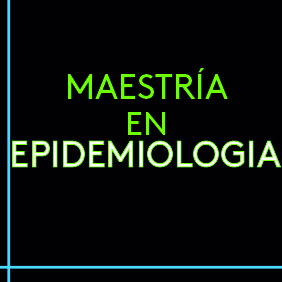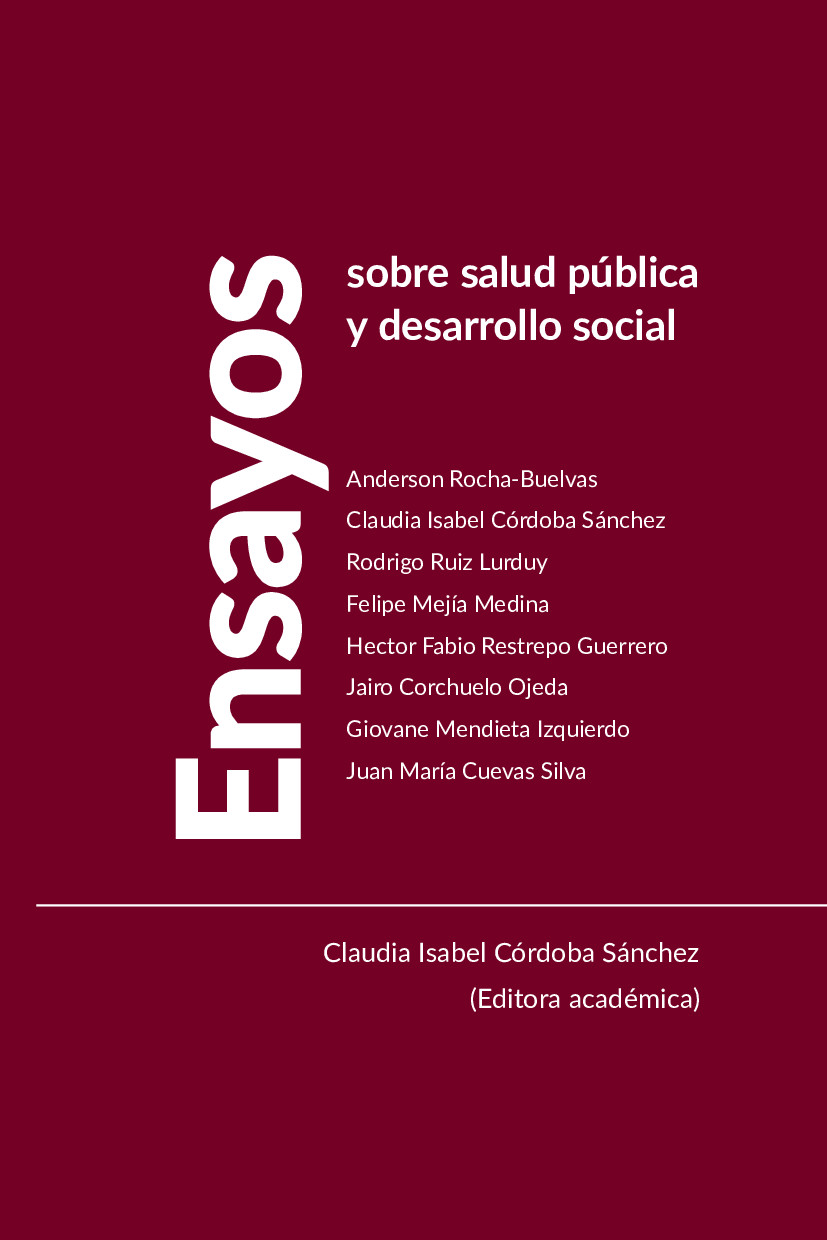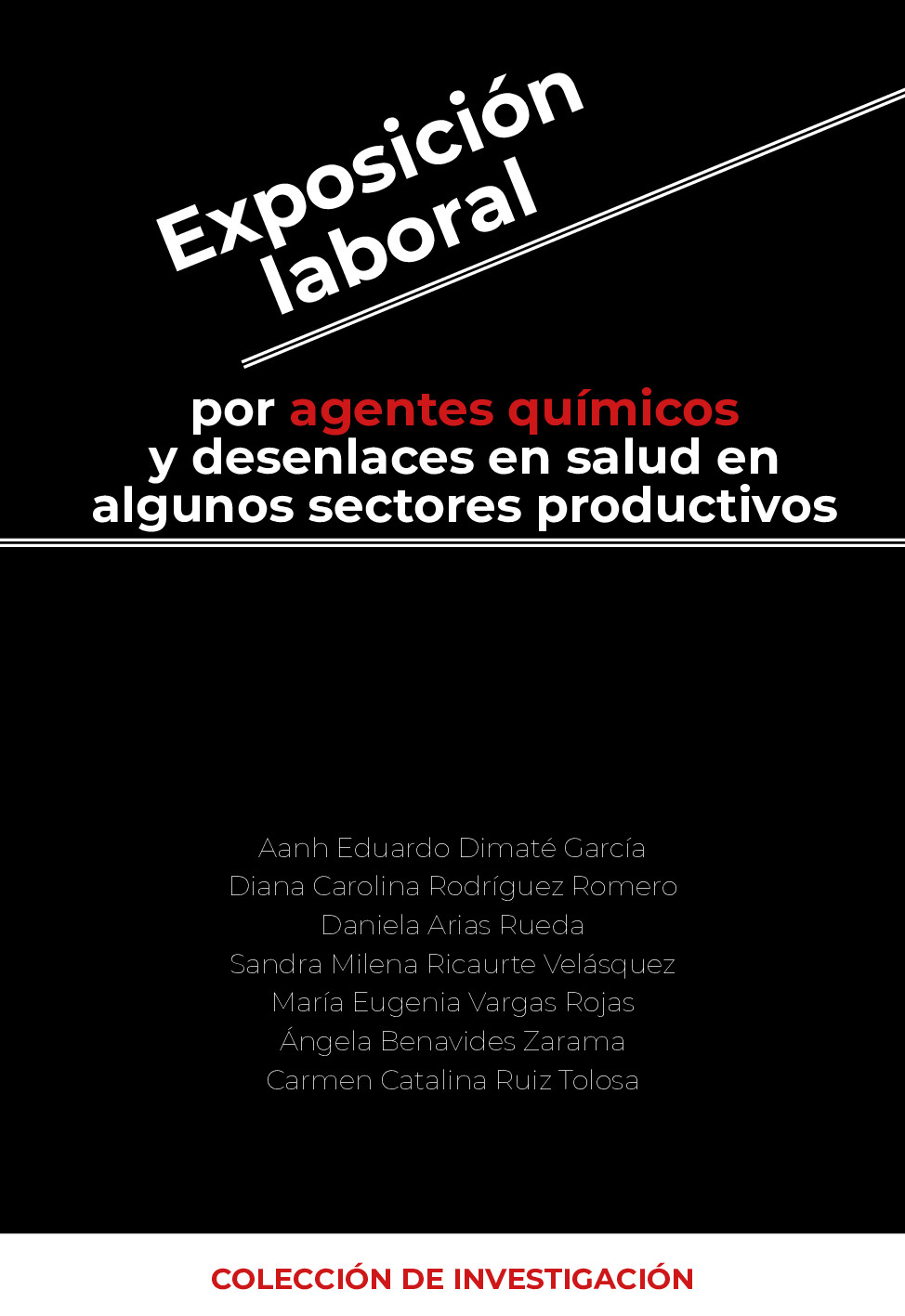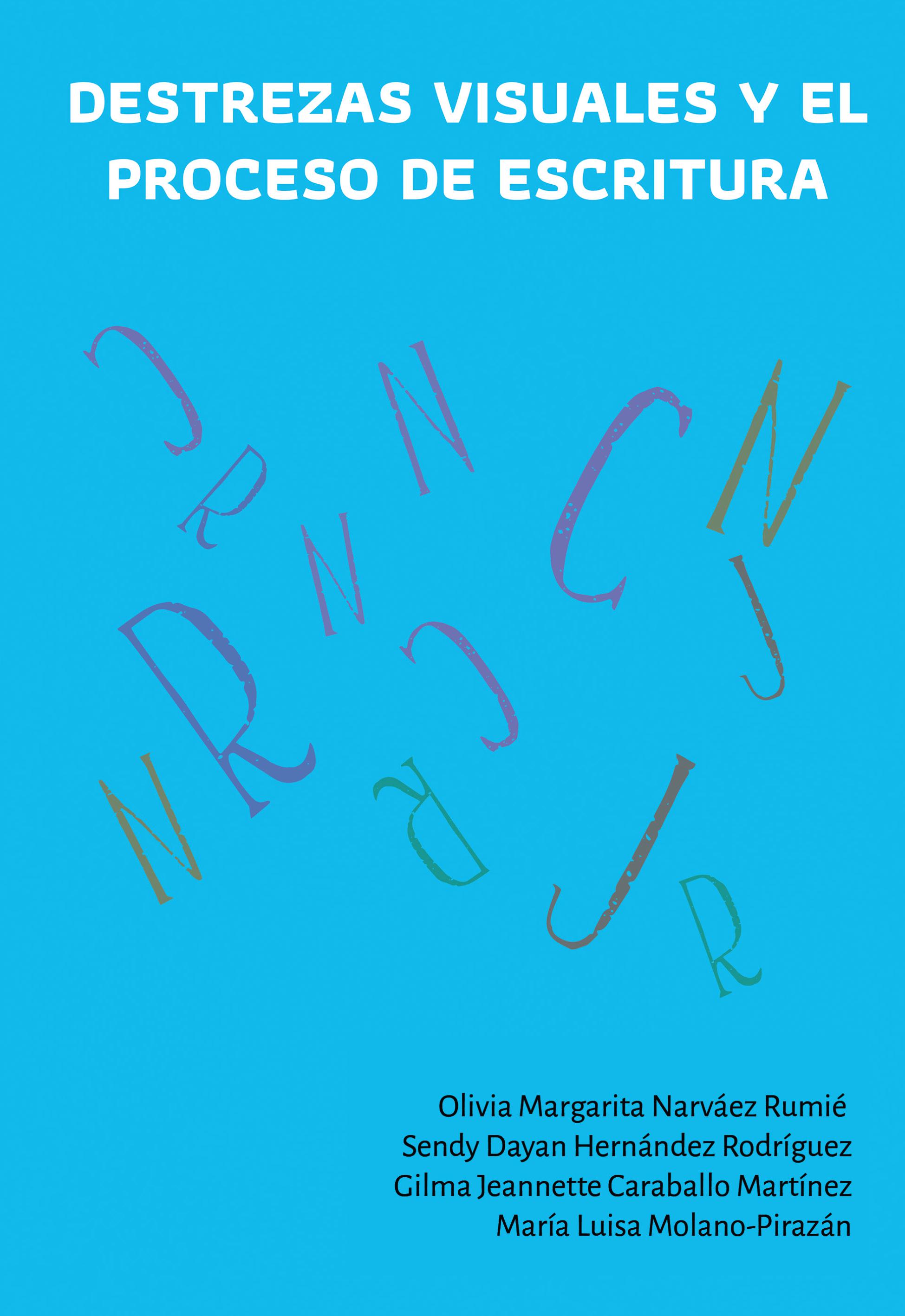Abstract
Objetivo: comparar microestructuras de matrices en Fosfatos ricálcicos
Colombianos (FTCC) utilizando aalbúmina, colágeno y alcohol polivinílico, variando presión y temperatura, confirmados mediante scaninng electron microscopy (SEM). Materiales y métodos: se utilizó el FTCC1 de ABASQUIM LTDA y FTCC2 de EMU; mezclados con distintos agentes formadores de poros hidratados con solución
salina al 0.9%, agua destilada, sometidos a 8 Toneladas, 1200ºC, observados al (SEM). Resultados: colágeno y albúmina no formaron matriz, el PVA creó macromicroporosidad, el FTCC1 estableció conglomerados de unión molecular entre partículas, sistemas de cristalizacion definidos, con interconexiones químicas, una porosidad de 10 μm. En el FTCC2 se encontraron matrices de morfología más
plana, uniones intermoleculares fuertes, con microporos 3μm.
Conclusiones: la estabilidad de las interconexiones mejora las propiedades mecánicas por asociación química entre las partículas del FTCC y el polialcohol, mediadas por elevada presión y temperatura; la regularidad del poro es el espacio liberado al fundirse el PVA.
Abstract
Objective: to compare microstructures of tricalcium phosphate atrices in Colombia (FTCC) using albumin, collagen, polyvinyl alcohol and varying pressure and temperature, electron microscopy confirmed scaninng (SEM). Materials and methods: we used to ABASQUIM FTCC1 FTCC2 LTDA and EMU, mixed with different pore forming agents hydrated with 0.9% saline, distilled water subjected to 8 Tons, 1200°C, observed at (SEM). Results: collagen and albumin, non-formed matrix, the macro-formed PVA microporosity, the junction FTCC1 molecular clusters formed between particles, defined crystallization systems with chemical interconnections, a porosity of 10 microns, the matrices were found FTCC2 morphology flatter, strong intermolecular bonds, microporous 3μm. Conclusions: the stability of interconnections improves the mechanical properties by chemical association between the particles and the polyol FTCC mediated by elevated temperature and pressure, the regularity of the pore space is released by melting the PVA.
KeyWords: Extra Cellular Matriz Proteins; Tissue Array Analysis; Reactivity Stability
Licence
Authors should declare no conflicts of interest either for reasons of financing the project which is the result of the article; as well as intellectuals, academics, moral and investigative reasons.
The Journal of Andean Research is home to the ethical rules for publications issued by the COPE: http://publicationethics.org/resources/code-conduct


















